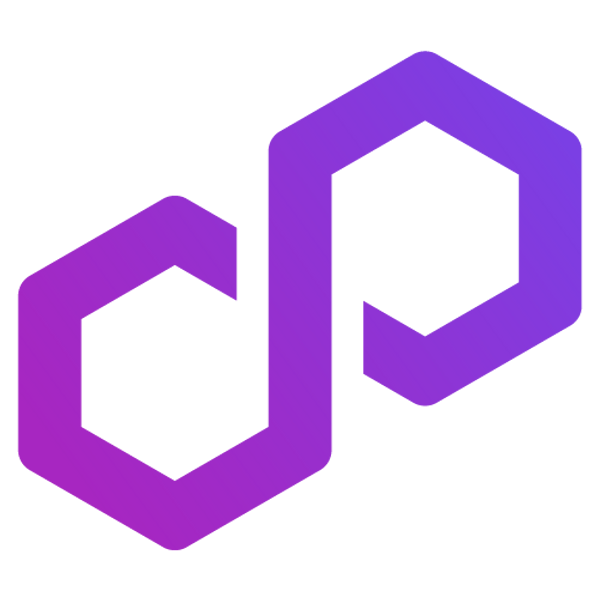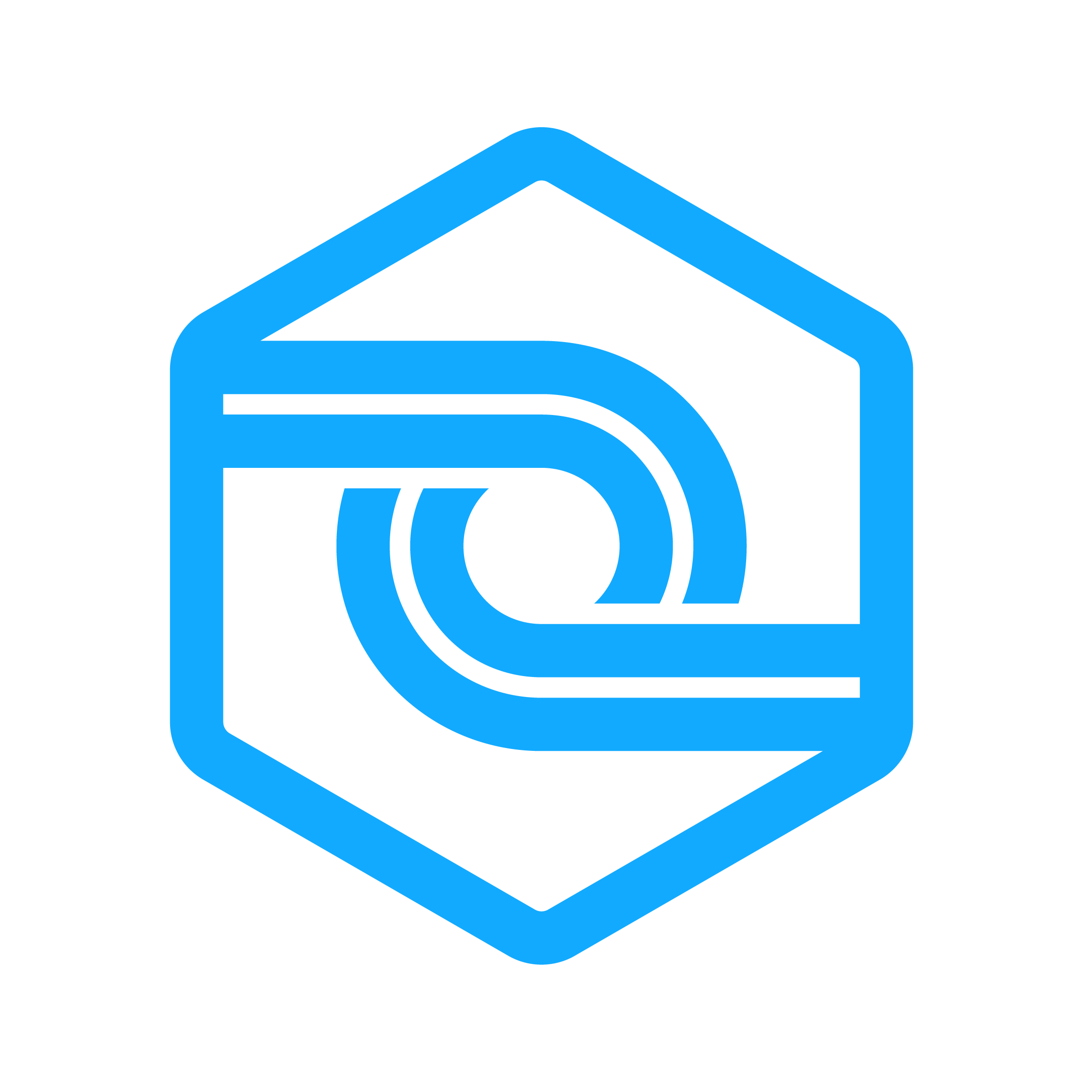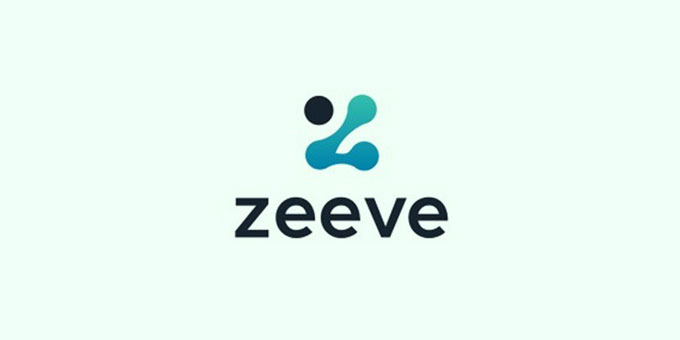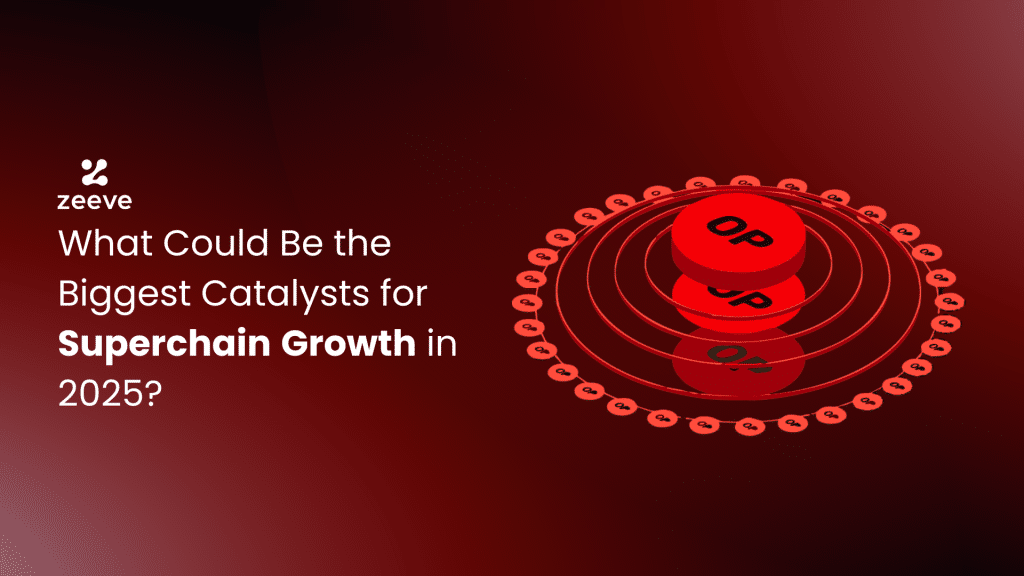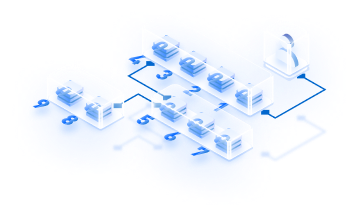OP Superchain has really seen tremendous growth and success in 2024. Its daily L2 transactions reached 13M+, all-time collective revenue hit 14.9K ETH, L2 market share climbed to 62.7%, active addresses surpassed 20M+, and total transactions peaked over 330M. Ofcourse, this incredible growth has been driven by top chains like Base L2, Blast, Mantle, Optimism, and Worldchain.
However, Optimism experts claim that these achievements are just a snapshot. The real growth for Superchain is expected in 2025, with some of the biggest catalysts in place. Let’s dive deeper into the key factors that are set to drive explosive Superchain growth this year and beyond. All the insights shared here are data-backed, based on expert opinions, and rooted in our core analysis.

Let’s spot these biggest catalysts
In 2025, Superchain has so many catalysts that make it an even more production-ready and matured stack for the seamless spinning of L2 rollups:
- Native OP Stack Interoperability + SuperchainERC20s—
Native interoperability is one of the Optimism’s highly anticipated feature that launched during mid 2024. Due to this, OP chains and all the other projects (dApps) in the Superchain ecosystem are able to communicate seamlessly with each other. Below are the key components that upholds native interoperability on Superchain:
- Superchain Bridge — An L1 bridge contract governed by the Optimism Collective, which can enforce upgrades for OP Chains. This enables standardized security properties across all OP Chains.
- Message Passing Protocol — The core logic defining how messages can securely flow between OP chains. This includes an initial message on the source chain, and a finalizing/executing message on the destination chain.
- SuperchainERC20– SuperchainERC20 offers a powerful interface for cross-chain token sharing & accessibility. Added with Superchain interoperability, SuperchainERC20 standard makes the Superchain ecosystem feel borderless. Learn in-depth information from the below article:
Superchain ERC20: Simplifying Asset Interoperability in Layer2 Rollups
While this native interoperability is new and developers have to take time to utilize this, its effect has been started as you can see the number of SuperchainERC20 smart contract deployed today.
Source: Superchain
- Stage-1 decentralization–
Another big upgrade for Superchain in 2024 is reaching ‘Stage-1’ decentralization, allowing implementation of next-gen fault proof through the below criteria;
- Anyone can submit output root.
- Anyone can challenge the output root.
- A Guardian is involved to solve major bug issues.
Ready to tap into native interoperability and Stage-1 decentralization? Partner with Zeeve RaaS for rapid deployment, cost savings, and faster time-to-market.
Initially, only the leading projects like Base, Zora, Metal, and Mode opted for Stage-1 implementation, but now an explosion is happening. As per official statement from Optimism’s team, a total of (minimum) 4 diverse OP Stack chains are launching in 2025’s 1st quarter, which are integrated with Stage-1 technology.
The Superchain will have at least 4 different OP Stack chains at Stage 1 this quarter, potentially five.
— Fwiz.eth (@Fwiz) January 20, 2025
It will be fun to see them all lit up on @l2beat.
next up: @inkonchain will be the first chain to reach stage 1 in the Superchain outside OP Mainnet.
Such an impressive adoption of Stage-1, especially across newly spinned chains, is the result of Vitalik Buterin’s recent statement. He highlighted that his focus in 2025 will be solely on L2s that have archived Stage1+ decentralization. Here’s the original tweet: about his plan to mention only….
I take this seriously. Starting next year, I plan to only publicly mention (in blogs, talks, etc) L2s that are stage 1+, with *maybe a short grace period* for new genuinely interesting projects.
— vitalik.eth (@VitalikButerin) September 12, 2024
It doesn't matter if I invested, or if you're my friend; stage 1 or bust.
Multiple… pic.twitter.com/4cGxgsfmUc
- Mainnet launch for Sonieum and Unichain:
Soneium– the biggest project from Sony Blockchain Labs solutions went live on 14th Jan, 2025. Soneium is set to bring insane exposure to Superchain ecosystem with its massive NFT-based fan engagement and in-app payment system. Soneium’s testnet itself reported 14M+ active wallets and 47M+ transactions that have been processed safely and efficiently. Going forward, Soneium will foster creativity, grow connection, and enable new possibilities for the entire Superchain horizon. Here’s a tweet regarding this-
GM. @Soneium Mainnet is live.@Sony Block Solutions Labs has launched its creator-first blockchain, Soneium.
— Optimism.eth (@Optimism) January 14, 2025
Soneium is built on the OP Stack, and is part of the Superchain. pic.twitter.com/G0jA4e1bR0
Speaking about Unichain, it’s another newly-launched DeFi L2 chain built by Uniswap. It addresses the critical troubles in DeFi, such as high transaction cost, liquidity fragmentation, lack of cross-chain connectivity through Superchain’s technology + advanced standards like ERC-7683. Within less time, Unichain has gathered around 20 projects, 2.5M+ accounts, and it offer fast confirmation time of 1 to 250 milliseconds. More information about Unichain and its tech stack is given here.
- Untapped Growth in AI, DeFi, and DePIN projects—
For Superchain, 2025 is going to be the year of future-proof projects in AI, DeFi, and DePIN projects. Below is a brief overview:
- AI x DeFi- Mode Network, Derive (formerly Lyra):
Mode Network is absolutely killing the Superchain ecosystem with its futuristic AI-Agent app store, which allows users to get AI agents and complete a range of tasks. The store currently has 1,684 agents, $302K assets, and daily transactions 4,066 transactions approx.
Similarly, Derive is climbing new heights each passing week. It’s 2025’s roadmap on Superchain includes: AI-powered trading, dUSD stablecoin, enhanced spreads and liquidity.
- AI- Swanchain:
Swanchain is a full-suite AI X crypto infrastructure on Superchain designed to accelerate AI adoption through its unique multi-agent system and DeAgentAI campaigns.
Swanchain reported 10M+ user addresses and 1M+ daily transactions in Q1, 24 for its Saturn Testnet. Also, its network has expanded to 2k+ computing providers across 100 cities globally. Such tremendous growth is undoubtedly a great advantage for OP Stack and the Superchain ecosystem.
- DeFi–Metal L2, Swell, Ink, etc:
DeFi Superchain ecosystem has always been flourishing with high-traction and matured projects like Metal L2 ($496.55 K
TVL) and Swanchain ($330.40K TVS). Meanwhile, newly-launched projects like Ink are highly expected to unlock a great number of DeFi legos for Superchain, example- VelodromeFi and AerodromeFi. Note that Base L2 success ($3.677B TVL, 234+ apps, etc) did not happen overnight. Superchain’s 2025 upgrades will allow all these projects to achieve unparalleled growth, including other leading L2s like Worldchain, Arena-Z, Lisk, Mint, and a lot more.
- Upcoming Pectra Upgrade–
Ethereum’s Pectra upgrade is scheduled to happen in Q1, 2025, which will have a great impact on Superchain as it maintains full Ethereum compatibility. Pectra consists of two different layers– Prague; updates in execution layer for seamless enforcing of protocol-level rules and Electra; enabling enhancement for the consensus layer to ensure proper block validation. Pectra is basically designed to spot and resolve the existing issues with EIP7742 by uncoupling all the blob counts across the consensus and the execution layers. Also, it will bring the following key benefits:
- Improvements through Smart wallet implementation.
- Increase in validator staking limit, now its 2,048 ETH
- Expansion in blob space to enable better Layer2 scalability.
For Superchain builders, the Pectra upgrade ensures smoother onboarding and next-level boost for their Layer2 ecosystems. Btw, experts at Zeeve RaaS any ready to assist you in making the most of Ethereum’s latest features. Discover, what’s next?
- Driving down transaction cost and increasing the TPS —
Maximizing TPS and lowering down the gas cost will continue to be in the checklist of Superchain’s vision in 2025. Leveraging the two biggest upgrades that happened in 2024— OP Stack Ecotone upgrade and Fjord upgrade, Superchain has been driving down its transaction cost significantly while boosting the network speed.
The below chart explains it well. Like, if we look at May 2024’s data- the gas cost is 0.00000000018241872794, but the same cost has been reduced to 0.00000000015758284342, around 115%. Obviously this isn’t stopping here, gas cost on Superchain will continue to diminish, making the ecosystem highly economical.

Likewise, the daily Superchain TPS has been increased from 44 on 1st May 2024 to 166 as of 4th January 2025– by around 73.04%.

- Better Ethereum-alignment—
Superchain’s key features, such as cross-chain asset transfer with SuperchainERC20 and Superchain is originally designed to be 100% Ethereum-compatible. Through utilizing EVM, Superchain’s execution layer ensures compatibility with Ethereum tools, dApps, and frameworks– allowing builders to build and connect seamlessly with Ethereum ecosystem.
- ZK-powered OP Rollups–
Lastly, let’s talk about ZK-powered OP rollups. Superchain creators understand the widespread popularity and amazing features of zero knowledge rollups like increased throughout and decreased congestion. Hence, OP chains building in Superchain ecosystem can now integrate 3rd party ZK solutions like The Succinct Processor 1 / Or (SP1), Risc Zero’s zkVM, or O(1) Labs. This will allow them to build OP rollups that are integrated with zero-knowledge capabilities. Detailed overview of ZK-fied OP rollups is given here.
Building on Superchain? Save time and cost with Zeeve RaaS
Our whole discussion, along with expert insights, points to 2025 as a pivotal year for Superchain—especially for the L2s building with the OP Stack. From implementing cutting-edge technology to upgrading existing stacks, Superchain is unlocking exciting opportunities for projects.
If you’re looking to build with Superchain or launch a modular OP Stack Layer2, Zeeve RaaS is the ideal partner for your journey. Zeeve offers everything you need: from dedicated Superchain consulting and L2 development to highly-optimized infrastructure for your chain. With Zeeve, you can cut costs by up to 60% and reduce time-to-market by 90%. Plus, our 1-click OP Stack sandbox tool makes it easy to set up a mainnet-ready OP rollup testnet in no time.
Don’t miss out on the future of L2 scaling—take the next step and deploy your OP Layer2 on Zeeve RaaS today. Connect with our experts for a personalized consultation and request a demo to see how we can bring your rollup project to life, faster and more efficiently.





